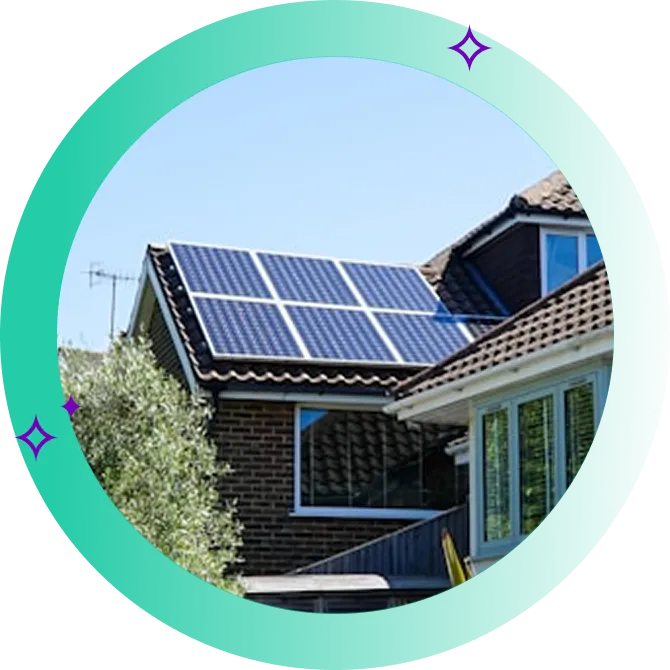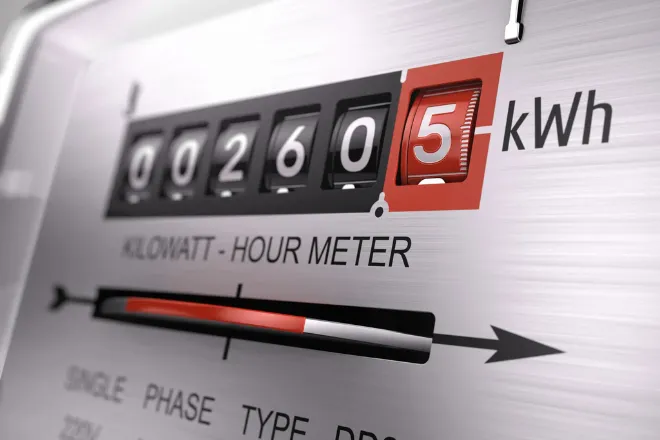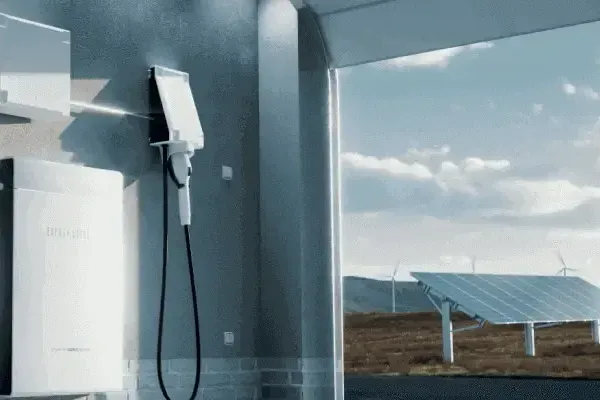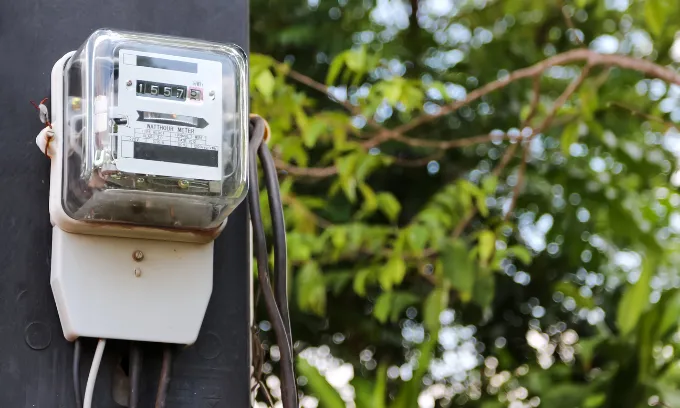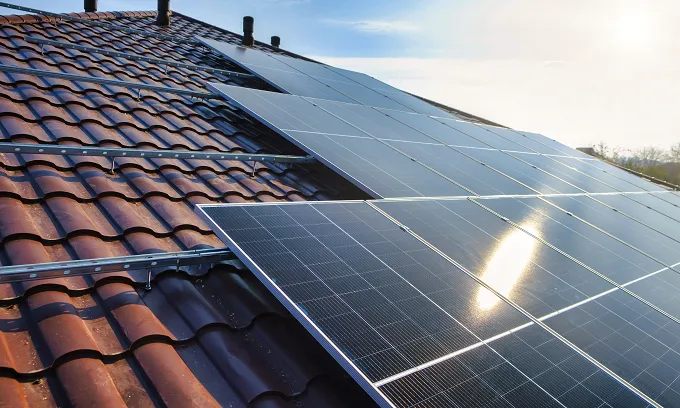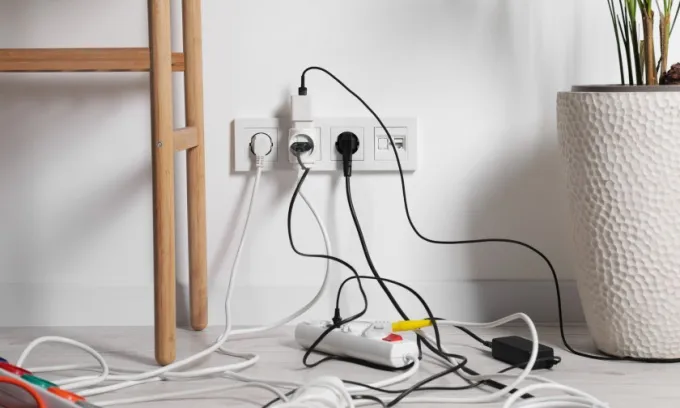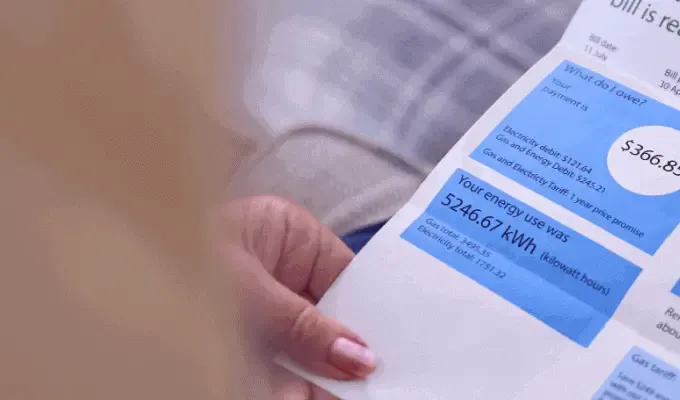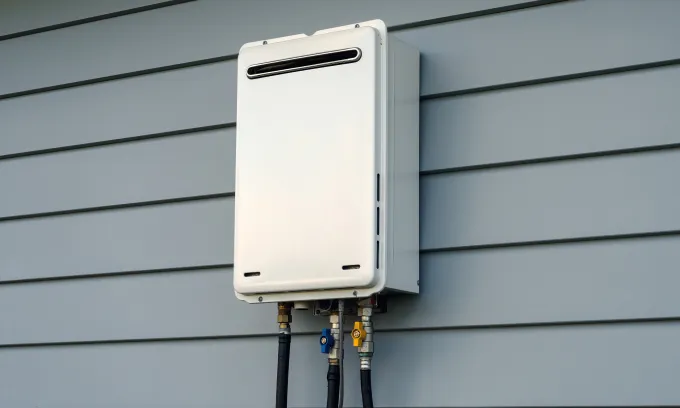Solar feed-in tariffs in VIC explained
In Victoria (VIC), solar panel installations are climbing, nearing one million in 2024. Third only to New South Wales (NSW) and Queensland (QLD), nearly one third of Victorian households now have solar panels installed.
One of the reasons for the sudden solar surge was driven by solar feed-in tariffs (FiTs). If you own rooftop solar, you can sell your excess solar generation through a FiT.
A solar FiT, also known as a solar buy-back scheme, is a bill credit paid for every kilowatt hour (kWh) of excess solar you export to the grid.
Excess power supports the grid during times of significant stress. For customers, a solar FiT could also help to lower their power bills.
All solar FiTs are advertised as a feature on the majority of electricity plans. With many electricity retailers offering plans with FiTs, picking a plan can be overwhelming.
What are the best solar feed-in tariffs in VIC?
Here are some of the highest FiTs offered on plans on the Citipower network, according to Canstar's database.
Provider | Plan name | Est. annual cost (inc. all discounts) | Est. annual cost (ex. conditional discounts) | Reference price comparison (Energy Fact Sheet) | Solar feed-in tariff (c/kWh)* | General usage charges (c/kWh)* | Supply charges (c/day)* |
|---|---|---|---|---|---|---|---|
ENGIE | VIC - ENGIE Solar elec | $1,421 | $1,421 | 8% less | 11c/kWhfor the first 8kWh per day, 1c/kWh thereafter | 27.32c | 124.07c |
AGL | Solar Savers | $1,453 | $1,453 | 6% less | 8c/kWhfor the first 10kWh per day, 1.5c/kWh thereafter | 25.68c | 116.62c |
Alinta Energy | SolarBalance Go | $1,547 | $1,547 | 0% more | 7c/kWhfor the first 10kWh per day, 0.04c/kWh thereafter | 27.34c | 124.07c |
Origin Energy | Origin Go Solar Variable | $1,516 | $1,516 | 2% less | 4c/kWhfor the first 8kWh per day, 1c/kWh thereafter | 26.78c | 121.59c |
Who offers the best solar feed-in tariffs in VIC?
ENGIE currently has one of the best solar feed-in tariffs in VIC (on our database).
Eligible customers can expect to receive 11c/kWh for the first 8kWh of solar exported per day before receiving a rate of 0.04c/kWh.
Is there a minimum solar feed-in tariff in VIC?
Yes, there are minimum feed in tariffs in VIC. Victorians can choose between the following FiT structures: flat and time-varying.
Flat minimum feed-in tariff
From 1 July 2025 onwards, the minimum flat solar feed-in tariff was revised to 0.04 c/kWh.
Time-varying minimum feed-in tariff
As of July 1 2025, Victorians who prefer a time-varying FiT may choose between the following options:
Time-varying minimum rates | ||
|---|---|---|
Option 1 | ||
Overnight Weekdays: 10 pm to 7 am Weekends: 10 pm to 7 am | Day Weekdays: 7 am to 3 pm, 9 pm to 10 pm | Early evening Weekdays: 3 pm to 9 pm Weekends: n/a |
7.55 c/kWh | 0.00 c/kWh | 5.91 c/kWh |
Option 2 | ||
Shoulder Every day: 9 pm to 10 am 2 pm to 4 pm | Off-peak Every day: 10 am to 2 pm | Peak Every day: 4 pm to 9pm |
1.42 c/kWh | 0.00 c/kWh | 6.57 c/kWh |
Source: Essential Services Commission, September 2025.
How do I know what my solar feed-in tariff is?
Your feed-in tariff rate (in c/kWh) can be found in the ‘summary charges’ section of your energy bill — this section also provides information on the volume of energy exported back to the grid, and the bill credit you’ve received for it.
A plan’s FiT information will also be detailed on its energy fact sheet. In Victoria, these are called Victorian Energy Fact Sheets (VEFs).
On the results page of Canstar’s energy comparison platform, we’ve listed a plan’s solar FiT as a bullet point next to each plan.
Important things to know about solar feed-in tariffs in VIC
Choosing a plan with a high FiT is the second half of your solar journey. The first half is knowing a few key things before diving headfirst into any plan:
Types of solar feed-in tariffs in VIC
Expect to see two types of solar FiTs — fixed solar FiTs and variable solar FiTs. Generally, fixed solar FiTs are more common than variable solar FiTs.
A fixed solar FiT pays you the same flat rate (in c/kWh), regardless of how much excess solar is exported or the hours of the day.
In comparison, a variable solar FiT pays you a rate (in c/kWh) that can change, depending on certain conditions:
- Some variable solar feed-in tariffs (FiTs) give you more money for a set amount of solar power you export to the grid daily. After that, the rate goes down.
- Other solar FiTs pay different rates based on the time of day (for example, 10c/kWh from 10 pm to 7 am, then 5c/kWh after). These are also known as time-varying solar FiTs.
It’s important to differentiate between them and not mistake one for the other. Overestimating how much you could save on the incorrect FiT can result in unintended bill shock.
A plan’s FiT and a breakdown of its structure can be found on its VEF. On the results page of Canstar’s energy comparison platform, you can directly access a plan’s VEF by clicking on the ‘Basic Plan Information’ prompt.
Duration of solar feed-in tariffs in VIC
If an electricity plan with a solar FiT has a fixed contract length, that means its FiT will eventually expire. Your plan’s contract length will be listed clearly on your plan’s VEF.
To enjoy the same (or higher) FiT rates, it is crucial to frequently review your plan before it passes its expiry date. If you sign up for Canstar’s email newsletter, we’ll remind you to regularly review your plan before it expires.
Solar generation in VIC
A generous solar FiT is meaningless if you aren’t exporting enough excess solar in the first place.
If you already own a rooftop solar system, there are two ways to monitor the amount of solar your system is exporting or generating in real-time:
- Self-install a power usage monitor: A power usage monitor allows you to see the amount of solar being produced or exported (in kWh). Monitors can differ in price based on brand, model, size and features.
- Install your electricity provider’s app: Your provider might offer a free app that lets you track your solar power.
If you can determine how much excess solar your system is exporting, you’ll be able to accurately estimate how much you could save on any solar FiT.
Electricity rates and solar feed-in tariffs in VIC
While this isn’t always the case, a generous FiT can disguise higher usage and supply charges on any electricity plan:
- Supply charges: A fixed cost (in c/day) you pay to remain connected to the grid.
- Usage charges: An ongoing cost in cents for every kWh of electricity you use.
A solar FiT is only valuable if it saves you more than you’re spending on electricity. On the flip side, higher charges can also result in you spending more than you’re actually saving.
However, plans with equally high FiTs and charges shouldn’t be immediately overlooked. It’s still possible to save money, depending on the size of your rooftop solar system.
Rooftop solar systems are sold in sizes between 1.5 kilowatts (kW) and 30kW. In practice, most households won’t choose any system larger than 13kW. Here’s how a solar system’s size can influence your FiT savings:
- If your large solar system is exporting plentiful excess solar, a high FiT could save you more than you’re spending on higher base charges.
- If you have a small solar system (e.g. 1.5 kW) that barely outputs excess solar, a plan with lower base rates will be the cheaper choice.
You mustn’t look at solar FiTs in isolation. Always assess its potential in relation to all other features on an electricity plan.
Solar payback period in VIC
To save money on a FiT, you have to spend money. A solar system’s payback period refers to the time needed for your FiT savings to break even with its upfront costs.
In VIC, the average payback period for rooftop solar generally ranges between four and five years.
In practice, payback periods will vary depending on how much you spend upfront for your rooftop solar system. The more you spend upfront, the longer the payback period.
Typically, the size, make and model of the components below contribute the most to your upfront spend:
- Solar panels
- Solar inverters
- Solar batteries (optional).
If you’re keen on buying a rooftop solar system, it’s important to account for anything that increases or decreases the upfront cost.
If you’d like to learn more about the ins and outs of rooftop solar, feel free to visit our guide to all things solar.
Keep in mind that solar systems cannot be self-installed; you’ll need to reach out to a licensed solar installer, which may incur another cost.
If you’re on the lookout for a solar installer, you can visit our Best Solar Installers guide. Canstar ranks and rates some of Australia’s best solar installers, surveyed from the first-hand experiences of regular Aussies.
Self-consumption of solar in VIC
Because usage charges on an electricity plan are always higher than solar FiTs, using all your solar generation instead of exporting it will save you more money over time.
To reduce your reliance on grid electricity, your solar system must be large enough to power your home daily.
Installing a power usage monitor or your provider’s app (if relevant) can help you monitor your household’s energy patterns in real time.
Larger systems will typically cost more upfront.
FAQs about solar feed-in tariffs in VIC
For most Aussies, a FiT is only worth it if it helps reduce power bills. While the average solar FiT is on the decline, it can be worthwhile when combined with competitive electricity usage and supply rates.
For rooftop solar owners, a FiT isn’t the only way to cut back on your energy spend. Using excess solar instead of exporting it could save you much more. In reality, whether a solar feed-in tariff is worth it will depend on your situation.
There are a handful of retailers that offer solar-specific plans marketed to customers with solar panels. However, some power companies may not always have them publicly listed. This means it’s best to check with the provider.
According to Solar Choice, the average cost of a 10kW solar system in Melbourne is $8,330 as of September 2025.

